17 Sci-Fi Shows That Will Hook You From Episode One
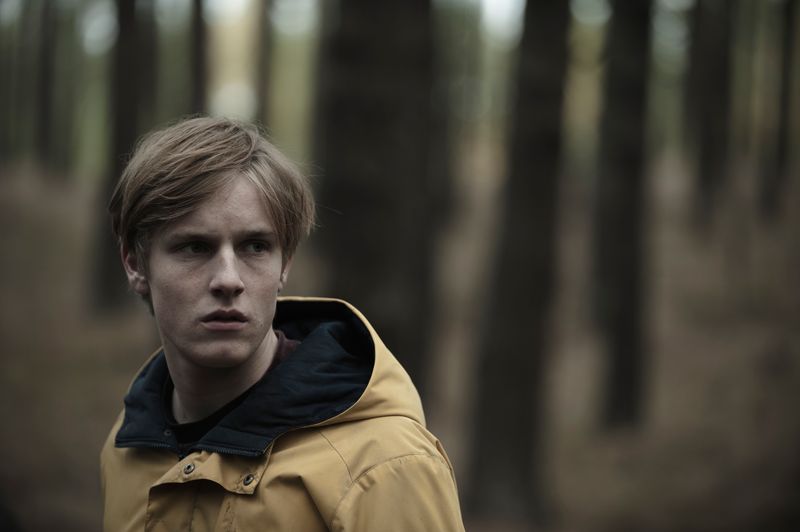
Finding a sci-fi show that grabs you right away can feel like striking gold in the vast universe of streaming options. Some shows need time to build their worlds, but others pull you in from the very first episode with mind-bending concepts, incredible characters, or jaw-dropping scenes. These 17 sci-fi series waste no time getting to the good stuff, making them perfect for your next binge-watching session.
1. Stranger Things
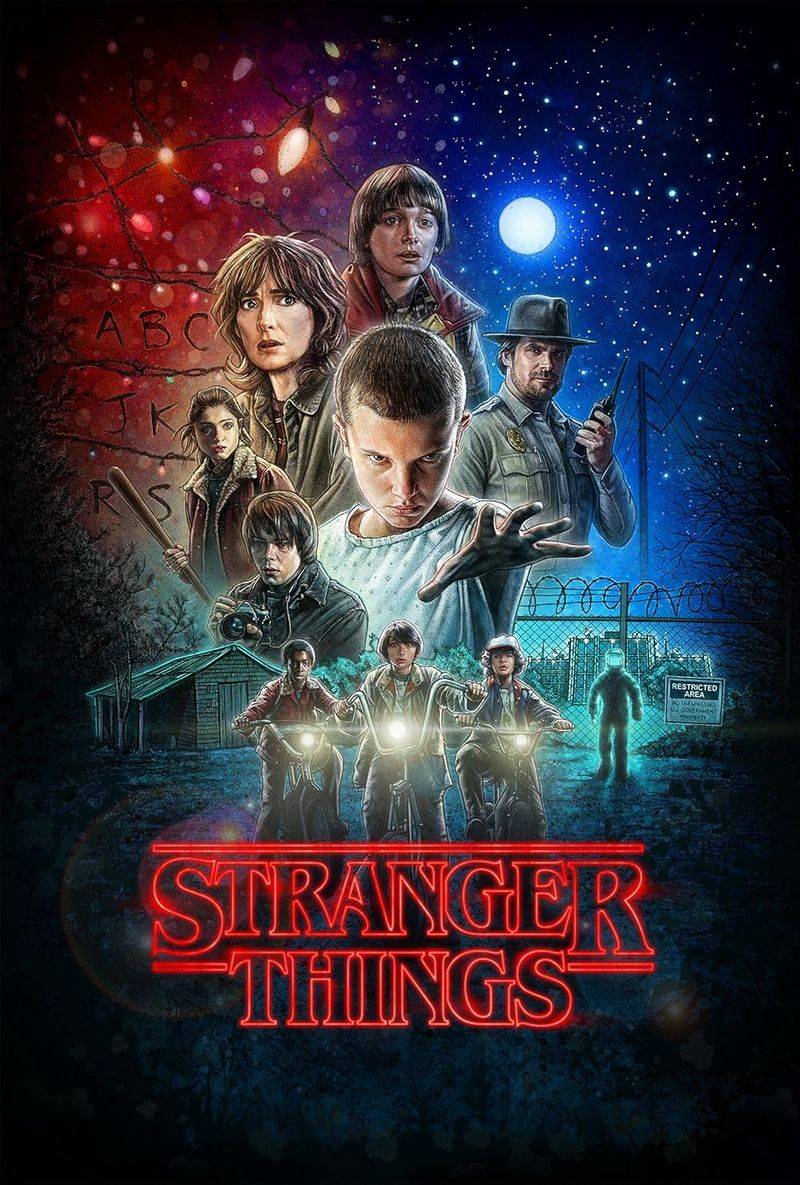
Small-town mysteries meet supernatural thrills in this nostalgic 80s-set adventure. When young Will Byers vanishes without a trace, his friends discover a girl with psychic powers who might hold the key to finding him.
The first episode masterfully introduces Hawkins, Indiana – a seemingly normal town hiding government conspiracies and a terrifying parallel dimension. From the synth-heavy opening theme to the Dungeons & Dragons references, everything feels authentically retro.
The young cast delivers performances that feel genuine rather than scripted, making you care about their fate immediately. By the time the credits roll, you’ll be reaching for the remote to start episode two.
2. The Expanse
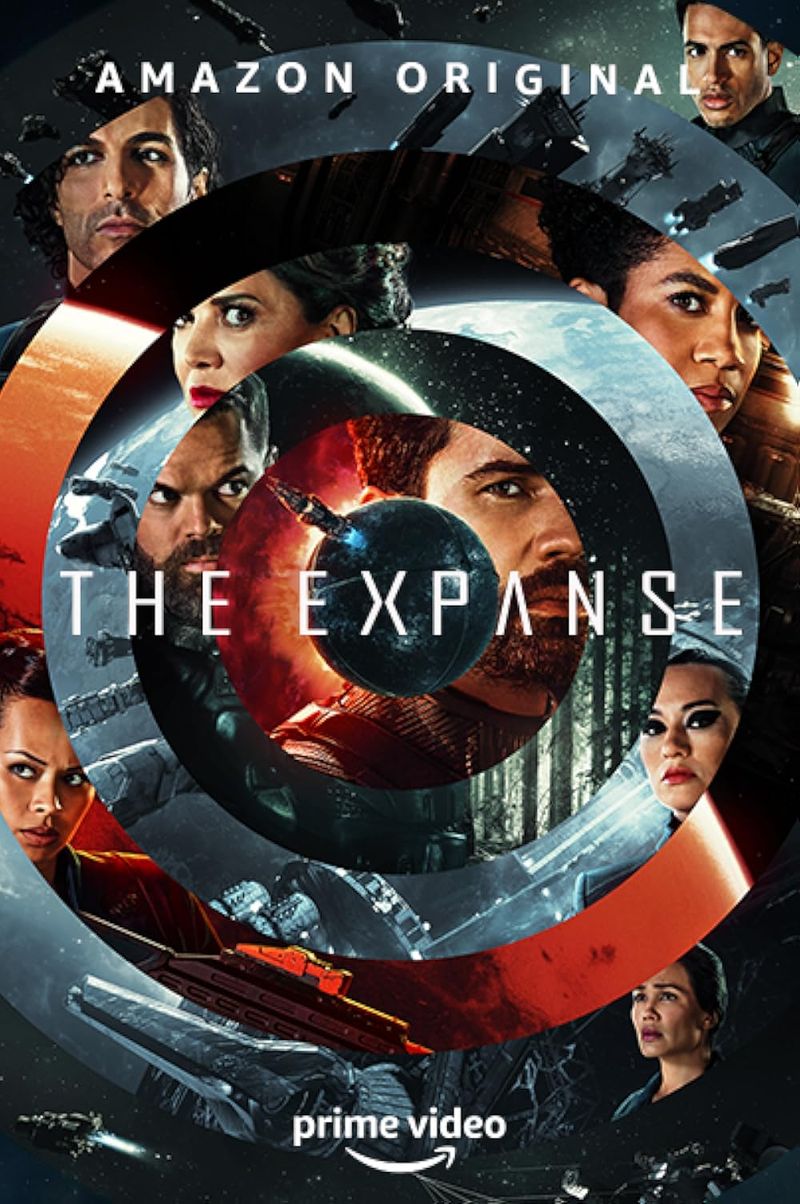
Rising tensions among Earth, Mars, and the Belt are just the beginning. Detective Miller’s missing person case collides with Jim Holden’s discovery of a wrecked vessel, unraveling a conspiracy that stretches across the solar system.
The first episode establishes a fully-realized solar system where humans have colonized Mars and the asteroid belt but brought their divisions with them. Space physics feel believable with realistic zero-gravity effects and spacecraft that obey actual laws of momentum.
Character dynamics hook you instantly as crew members from different planetary backgrounds must overcome their prejudices to survive.
3. Black Mirror
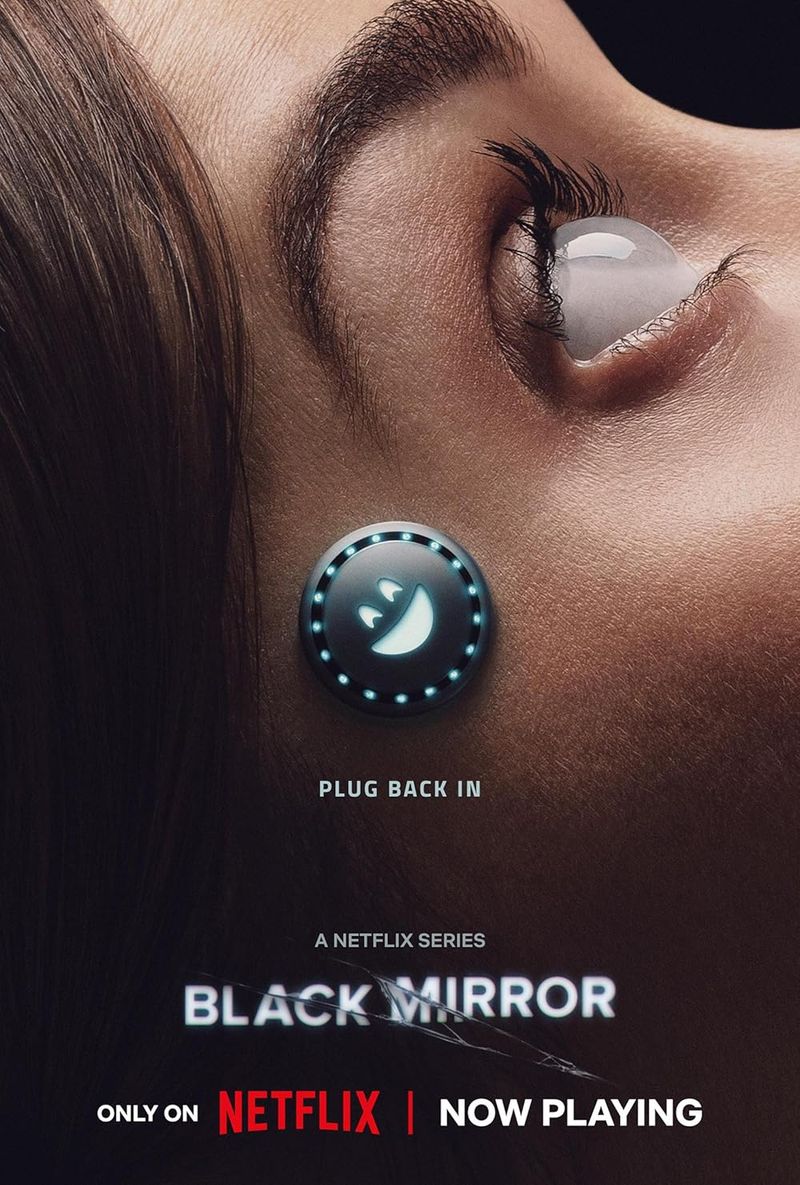
The British Prime Minister faces an impossible choice when a beloved royal family member is kidnapped. The ransom demand? He must perform an unspeakable act on live television. This shocking premise introduces viewers to the technological dystopia that defines the series.
Without relying on fancy special effects, the first episode demonstrates how technology and social media can transform society in horrifying ways. The story unfolds like a train wreck you can’t look away from, building tension with each passing minute.
By focusing on human reactions rather than technological wizardry, the show creates a disturbing scenario that feels uncomfortably possible. This pattern of technological cautionary tales continues throughout the anthology series.
4. Westworld
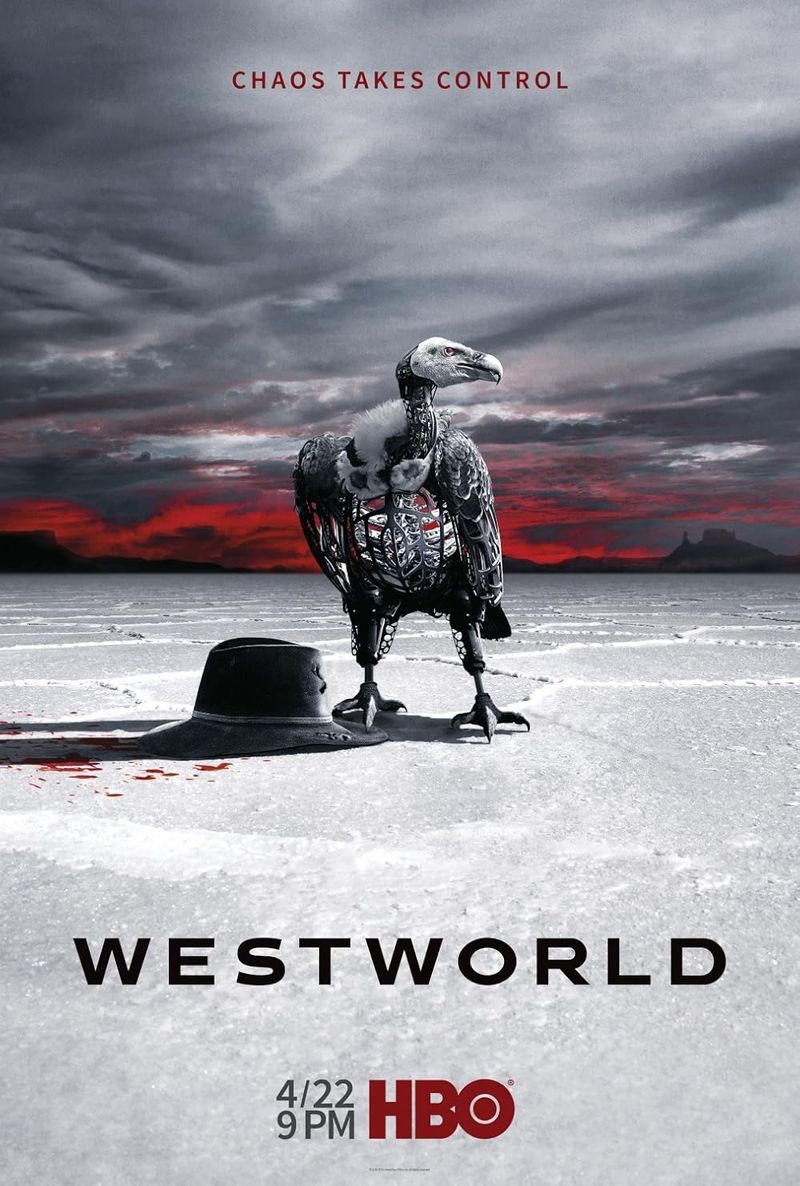
In a high-end theme park filled with ultra-realistic robots, guests can live out any fantasy without limits—until the androids begin to recall their past experiences. The show’s first episode sharply contrasts the park’s dusty Wild West backdrop with the sleek, high-tech control center running it all.
Dolores, a rancher’s daughter programmed to see the beauty in her world, provides our entry point into this morally complex universe. Her cheerful routine contrasts sharply with the violence inflicted on her by human visitors.
The show raises questions about consciousness and humanity from the very beginning. When a robot asks, “Have you ever questioned the nature of your reality?” you’ll find yourself doing exactly that.
5. Dark
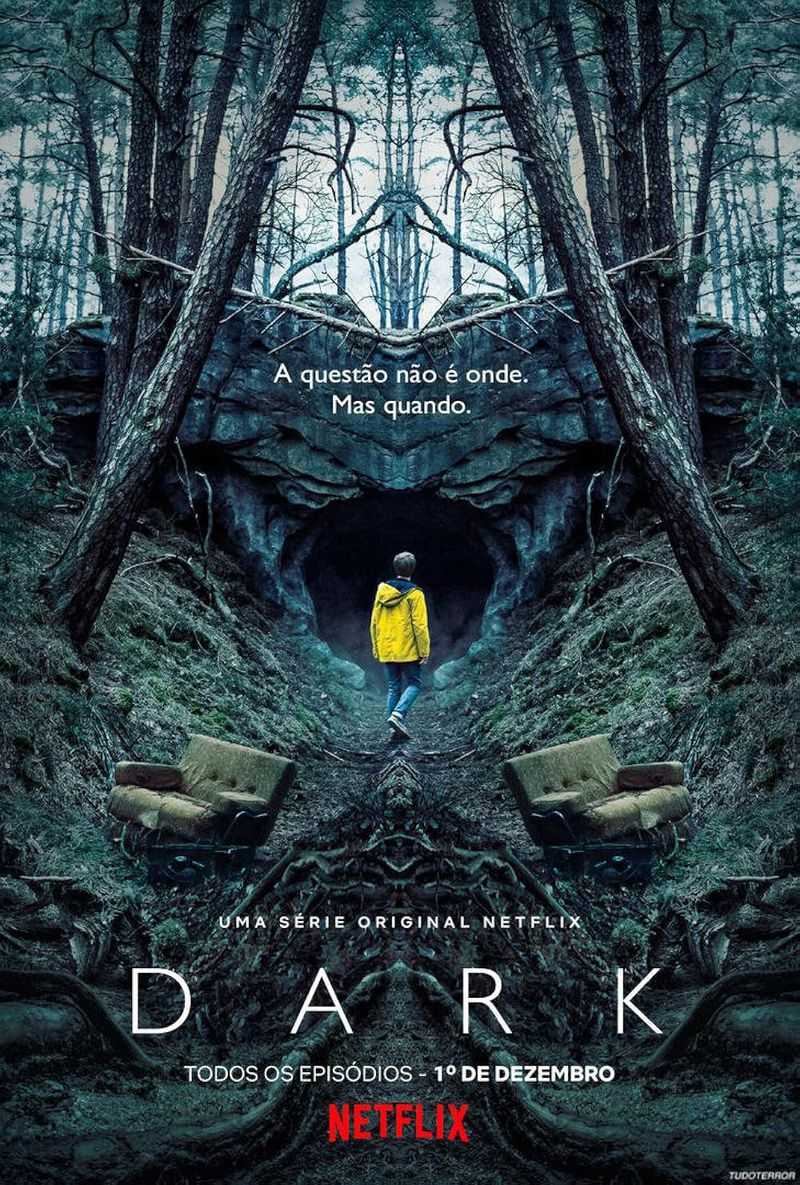
When kids go missing near a cave on the outskirts of a German town, the community’s seemingly ordinary existence begins to unravel. Episode one sets the stage with interlinked families and buried secrets that tie into a mind-bending time-travel mystery.
Rain-soaked forests and the ominous nuclear power plant create an atmosphere of dread that permeates every scene. The show wastes no time introducing its complex mythology, with cryptic references to a 33-year cycle and eerie clockwork imagery.
Character relationships feel instantly lived-in and complicated. By the end of the first hour, you’ll be drawing your own family tree to keep track of connections. The final moments deliver a twist that will have you questioning everything you’ve just watched.
6. The Mandalorian
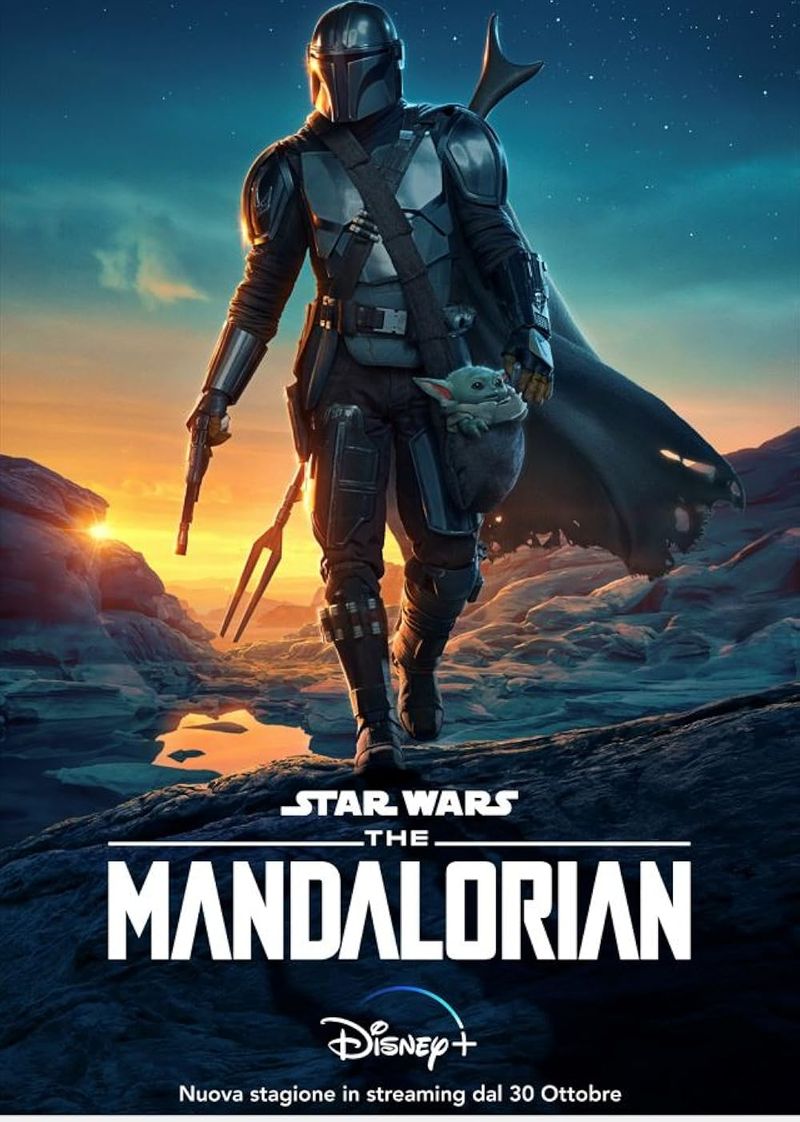
A lone bounty hunter navigates the lawless outer reaches of the galaxy, years after the fall of the Empire. The series opener follows the armored warrior as he tracks down a mysterious target, revealing the gritty underworld of the Star Wars universe rarely seen in the films.
Western and samurai film influences shine through in the deliberate pacing and minimal dialogue. The Mandalorian himself speaks little, letting his actions and the haunting score tell the story.
The episode builds to a revelation that instantly changes everything we expect from the series. That final scene with a certain green-skinned, big-eared child captivated audiences worldwide and demonstrated how the show could honor Star Wars tradition while blazing its own trail.
7. Altered Carbon
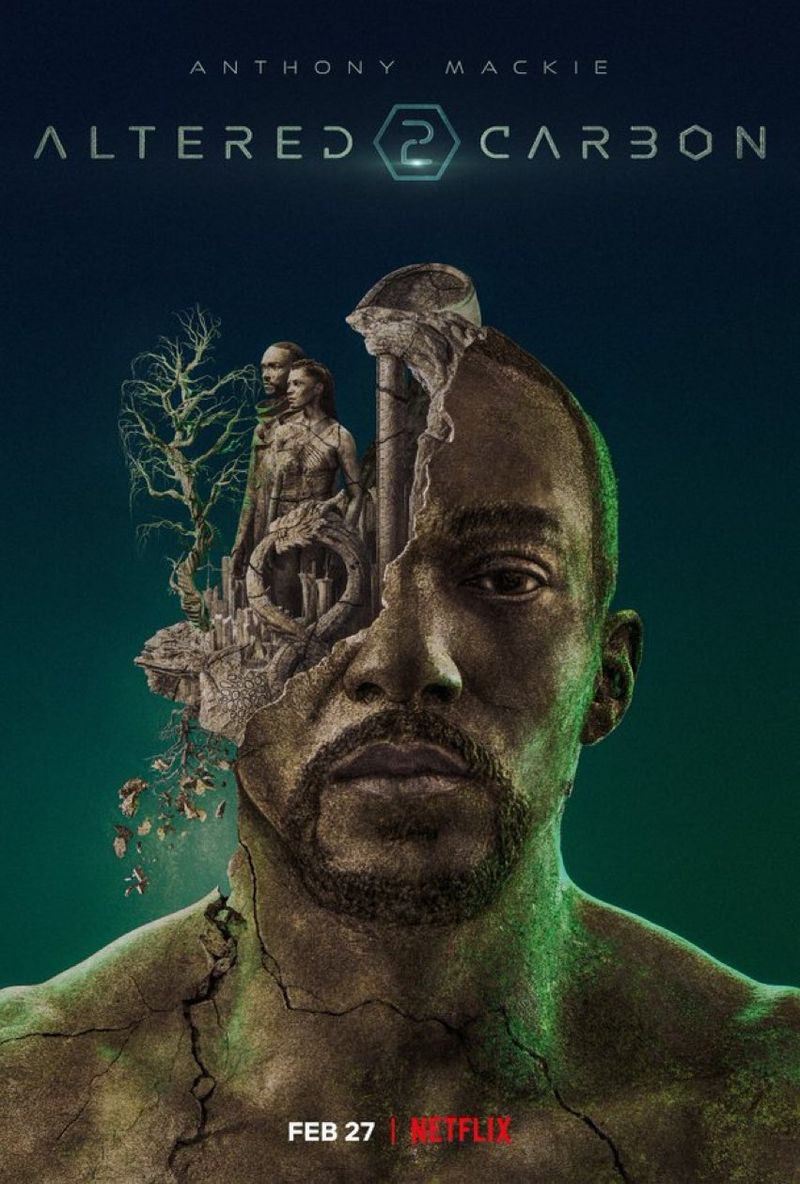
Death becomes meaningless when human consciousness can be transferred between bodies like changing clothes. Takeshi Kovacs, a former rebel soldier, awakens in a new body 250 years after his death to solve a murder that should be impossible.
The pilot episode drops viewers into a neon-drenched future where the wealthy can live forever while the poor struggle in the shadows below. Visual storytelling shines as we experience Kovacs’ disorientation upon awakening in an unfamiliar body.
Body-swapping creates fascinating scenarios around identity and privilege. The mystery established in episode one – who killed one of the world’s richest men when his backup consciousness was supposedly secure? – provides the perfect entry point into this complex cyberpunk world.
8. Battlestar Galactica
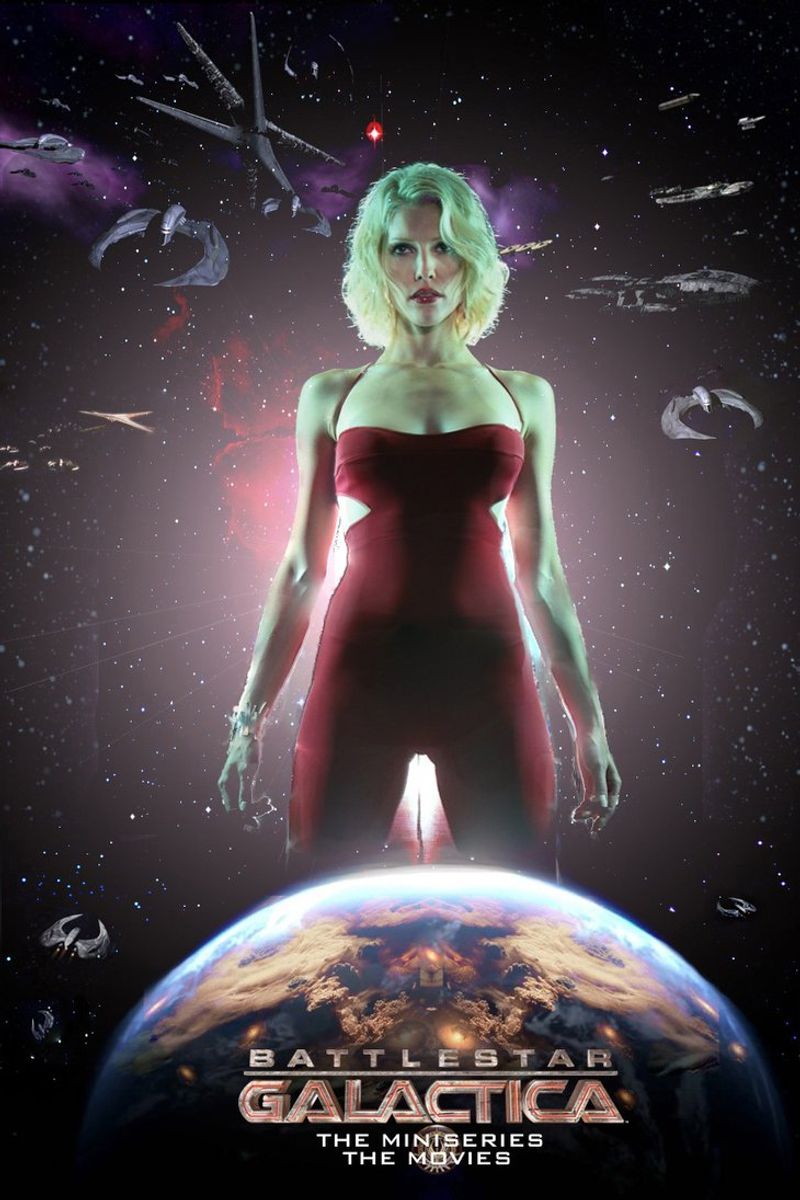
As the robotic Cylons devastate the Twelve Colonies, humankind is nearly wiped out. The opening three-hour miniseries delivers a powerful, unflinching look at the apocalypse, centering on a group of survivors fleeing aboard the last operational battleship.
Unlike many sci-fi shows, Battlestar grounds its space battles in realistic physics and military protocols. Ships move like naval vessels rather than fighter jets, adding tension to every encounter.
The human drama proves just as compelling as the action. Secretary of Education Laura Roslin becoming president after everyone above her dies, Commander Adama’s difficult decisions to abandon people to save others – these moments establish the moral complexity that would define the series.
9. Fringe
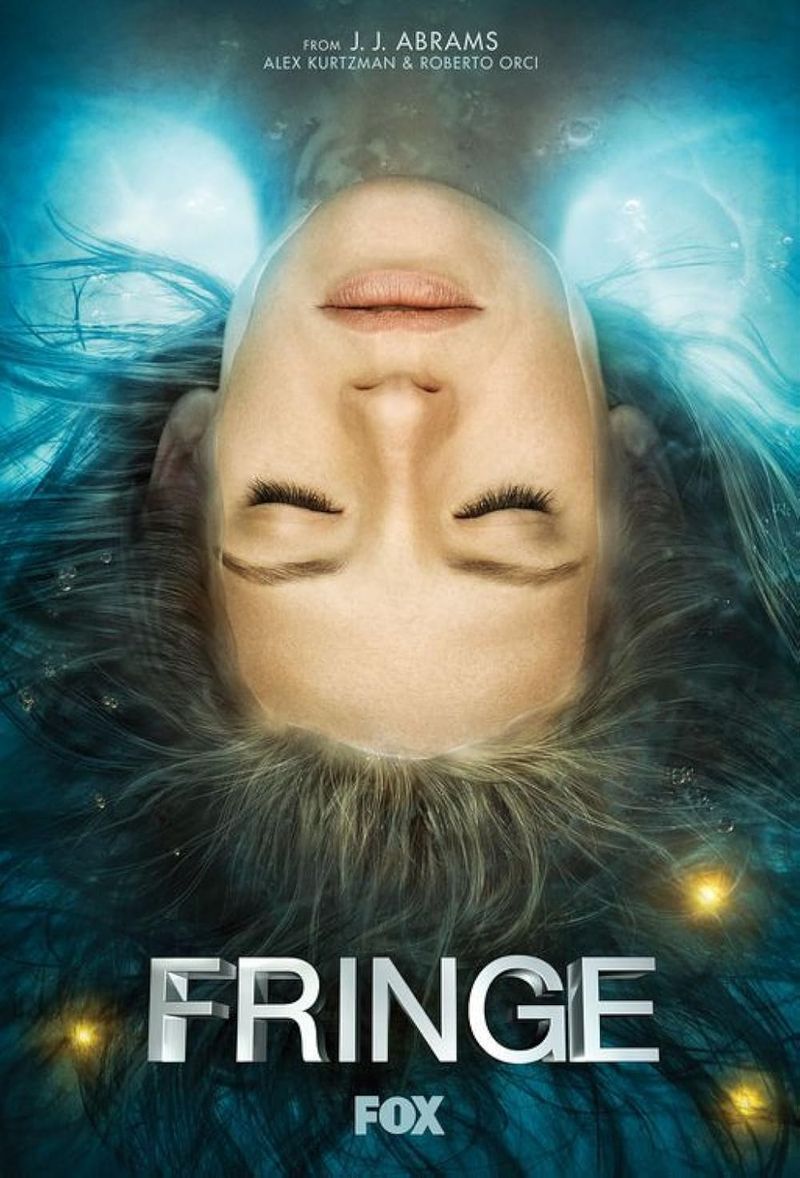
After a plane lands with its passengers gruesomely killed by a flesh-melting virus, FBI agent Olivia Dunham uncovers a disturbing pattern of fringe science cases. To get answers, she must enlist the help of Dr. Walter Bishop, a brilliant but unstable mind confined to an institution for 17 years.
The pilot expertly balances procedural investigation with mind-bending concepts like parallel universes and human experimentation. Gross-out body horror moments (transparent skin, anyone?) establish the show’s willingness to push boundaries.
Character dynamics hook you immediately – especially the complicated father-son relationship between Walter and Peter Bishop. By episode’s end, we learn these strange cases connect to something called “The Pattern,” setting up the conspiracy that drives the series.
10. The 100
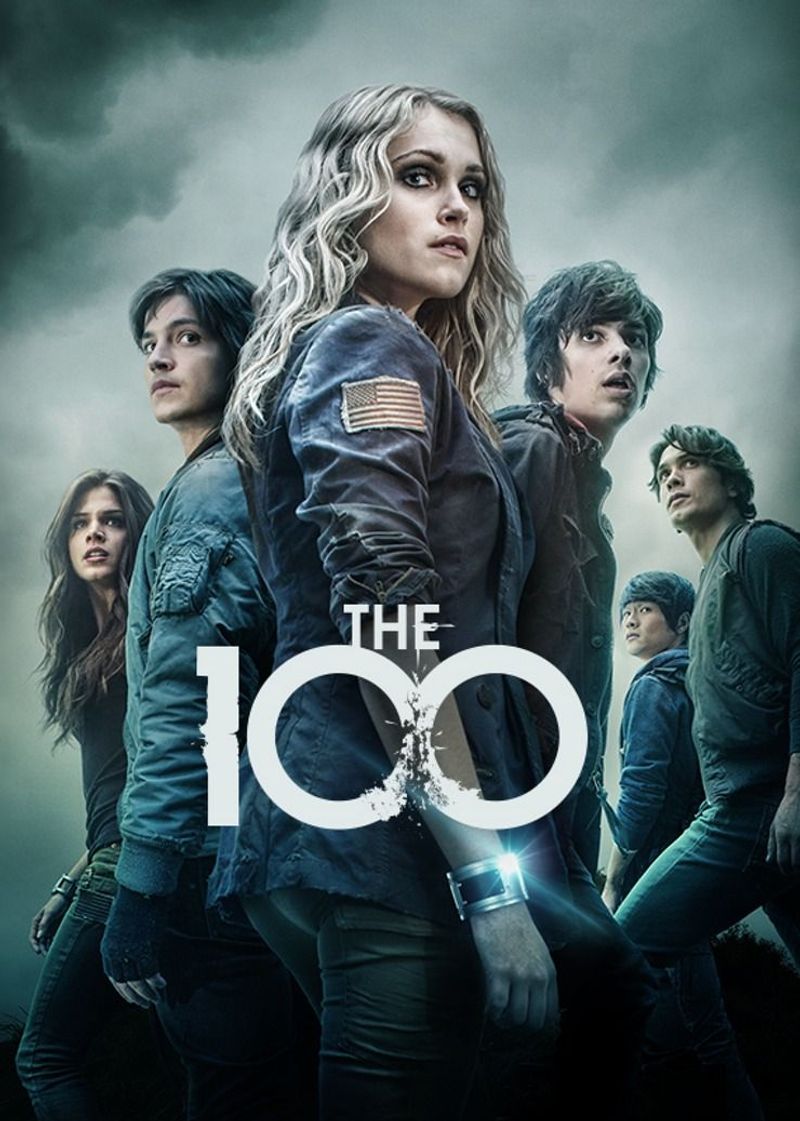
One hundred juvenile delinquents are sent from a dying space station to determine if Earth is habitable 97 years after nuclear apocalypse. The premise sounds like typical teen drama, but the show quickly establishes its willingness to go dark as kids with zero survival skills face radiation, mutated animals, and hostile survivors.
Leadership struggles emerge immediately as the teens debate whether to follow the rules or embrace their new freedom. Clarke Griffin steps up as a pragmatic leader while others see their situation as consequence-free party time.
The space station storyline adds complexity as we learn oxygen is running out, making the ground mission crucial. By episode’s end, the revelation that Earth harbors survivors – and they’re not friendly – sets up the central conflicts that will drive the series.
11. Star Trek: Discovery
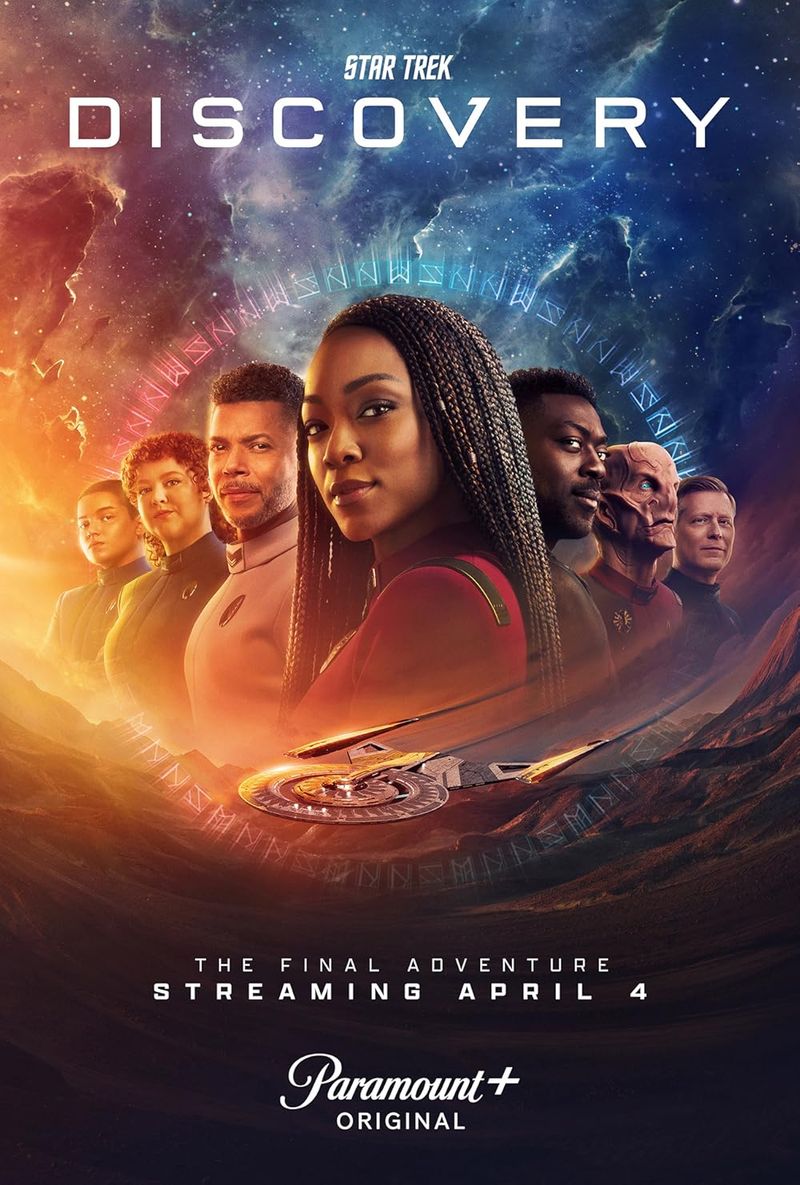
When Commander Michael Burnham defies her captain, the result is catastrophic: a war erupts between the Federation and the Klingon Empire. Unlike previous Star Trek entries, Discovery opens with explosive conflict and a fractured crew, centered around a deeply flawed protagonist.
The pilot delivers cinematic production values that rival feature films, with detailed spacecraft designs and alien makeup. Klingons receive a complete visual overhaul, appearing more alien and threatening than in previous iterations.
Philosophical questions remain central despite the action focus. Burnham’s logical Vulcan upbringing clashes with her human emotions as she makes decisions that will haunt her throughout the series. This internal conflict provides a fresh entry point into the familiar Star Trek universe.
12. Doctor Who
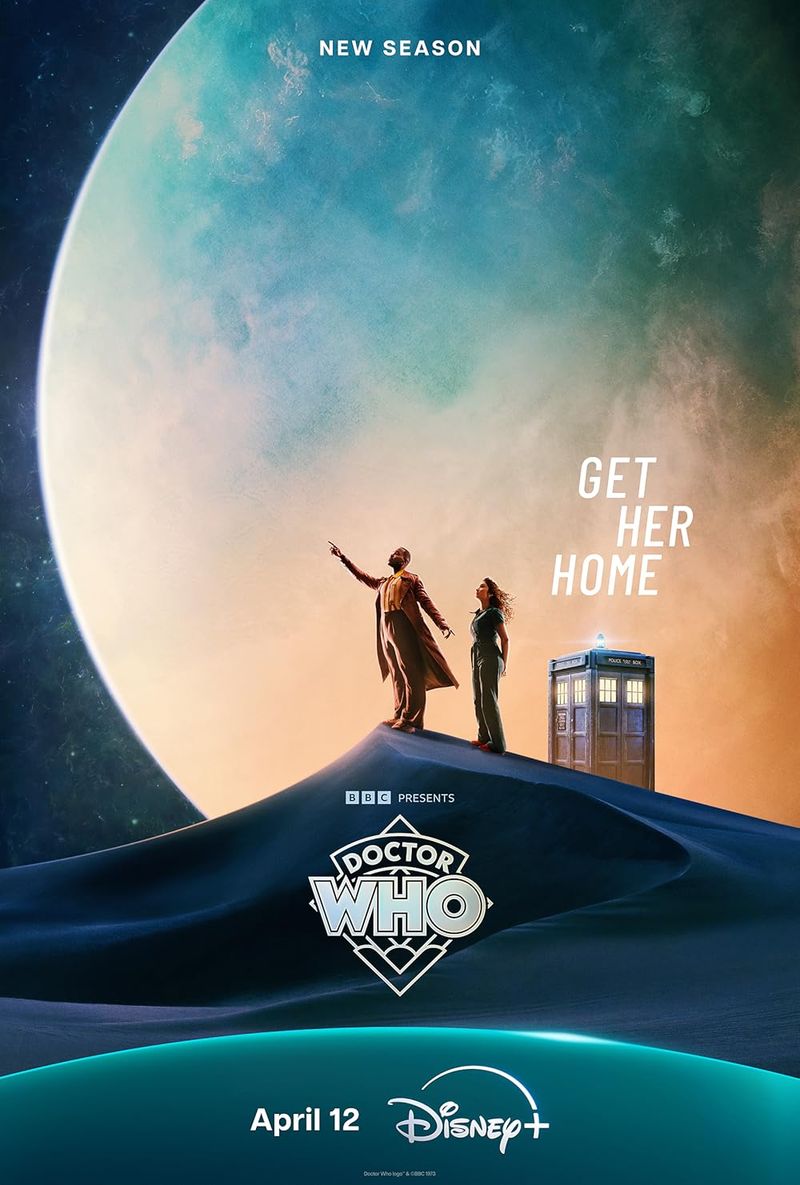
Department store employee Rose Tyler’s ordinary life transforms when living mannequins attack and a mysterious man calling himself “The Doctor” saves her. The 2005 revival of this classic British series perfectly introduces new viewers to its unique blend of whimsy and terror.
The Doctor himself remains deliberately enigmatic, with Christopher Eccleston bringing both playful energy and haunted depth to the alien time traveler. His chemistry with Billie Piper’s Rose creates an instant connection that pulls viewers into their adventure.
Despite budget limitations, the episode delivers genuine scares as everyday objects become threatening. The iconic blue police box TARDIS reveal – “bigger on the inside” – captures the wonder that defines the series. By focusing on Rose’s perspective, the show makes its complex mythology accessible to everyone.
13. Raised by Wolves
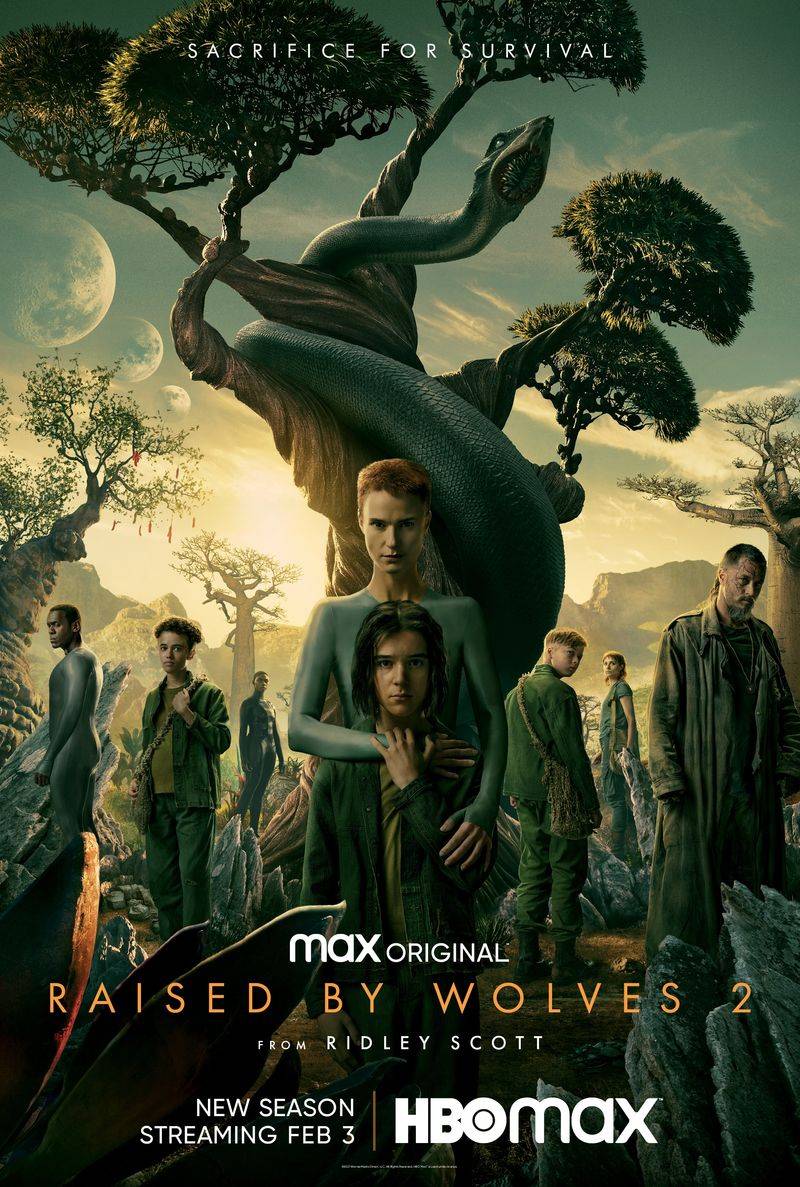
Two androids arrive on a distant planet to raise human children after Earth’s destruction in a religious war. The opening sequence showing Mother and Father setting up their colony and birthing children from embryos immediately establishes the show’s unique visual style and philosophical questions.
The seemingly peaceful setup quickly gives way to danger as we learn Mother possesses devastating weapons capabilities. Her protective instincts toward her children clash with her programming in unexpected ways.
Flashbacks reveal the war between atheists and religious extremists that led to this strange family arrangement. When a ship of survivors arrives, bringing the same conflicts that destroyed Earth, the stage is set for an exploration of faith, artificial intelligence, and what it means to be human.
14. The Twilight Zone
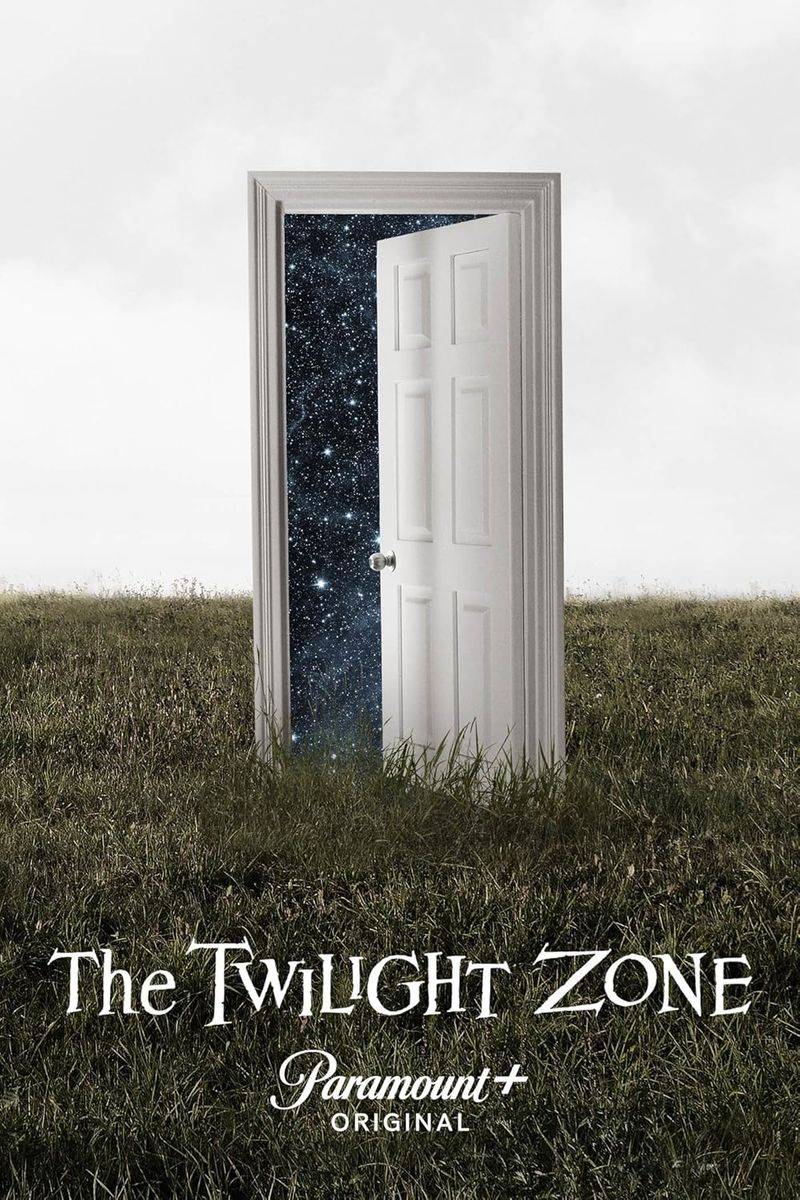
In the premiere episode of the 2019 Twilight Zone reboot, comedian Samir Wassan strikes a devil’s bargain to elevate his career—only to find that every laugh comes with a deadly cost. “The Comedian” revives the classic series’ signature blend of morality and the supernatural.
Kumail Nanjiani delivers a compelling performance as an artist whose ambition gradually corrupts him. Each joke he tells about someone in his life causes that person to disappear from existence – a power that proves irresistible despite its consequences.
Host Jordan Peele brings gravitas to Rod Serling’s iconic role, delivering the opening and closing monologues with perfect timing. The episode’s nightclub setting creates a claustrophobic atmosphere where success and failure feel equally threatening. Like the best Twilight Zone stories, it leaves you questioning what you would do in the same situation.
15. Sense8
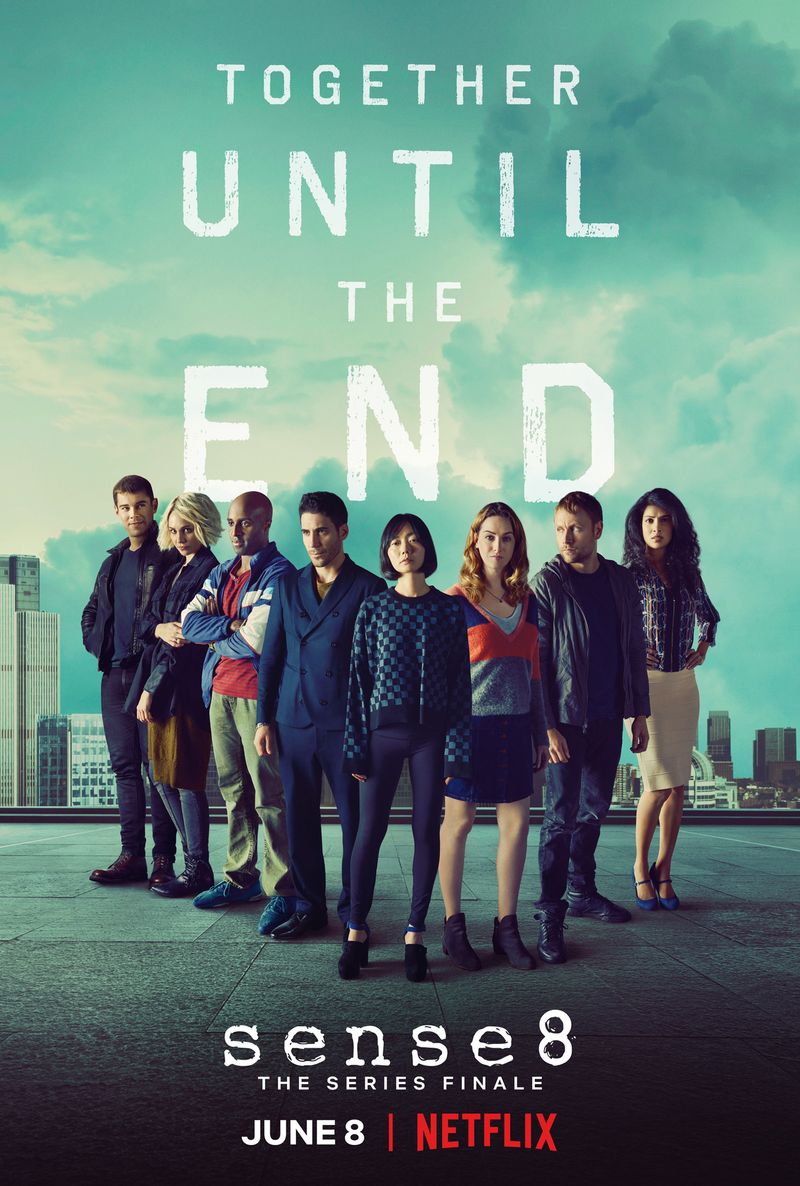
Eight strangers from around the world suddenly find themselves mentally and emotionally connected, experiencing each other’s lives in vivid detail. The ambitious pilot introduces characters across Chicago, San Francisco, London, Berlin, Seoul, Nairobi, Mexico City and Mumbai – each facing personal challenges when their connections begin.
Visually stunning sequences show the “sensates” slipping between each other’s perspectives mid-scene. A DJ in London hears rain from Nairobi, while a bus driver in Nairobi sees snow from Seoul, creating disorienting but beautiful transitions.
Beyond the supernatural element, the diverse cast represents varied sexualities, gender identities, religions and cultures rarely seen together in sci-fi. The episode ends with the revelation that they’re being hunted, establishing both the wonder and danger of their newfound connection.
16. Firefly
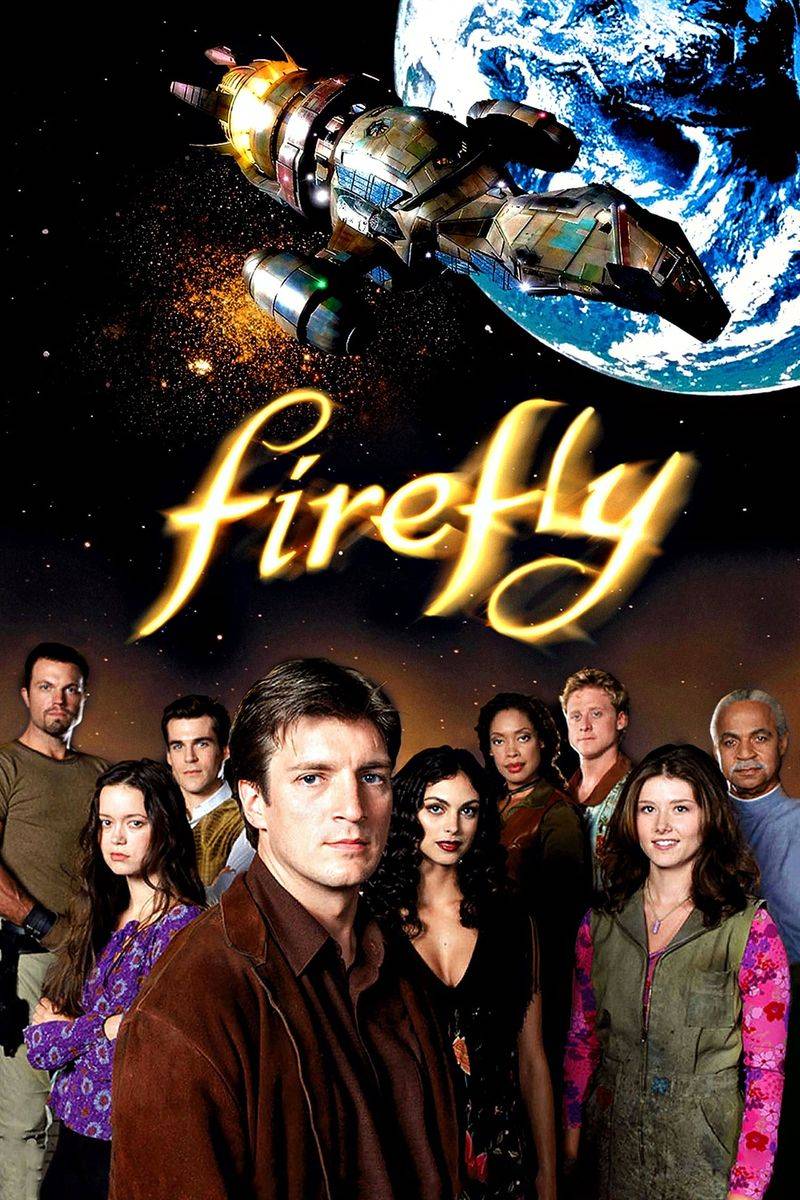
Aboard the Firefly-class ship Serenity, Captain Mal Reynolds and his crew take on odd jobs and even odder passengers while dodging the oppressive Alliance. Though Fox aired the series out of sequence, the original pilot, “Serenity,” effectively sets the stage with a heist gone wrong and a desperate need to keep flying.
The lived-in spaceship interiors and blend of English with Mandarin Chinese create a believable future where American and Chinese cultures have merged. Characters feel instantly familiar yet complex – from Wash’s playful piloting to Jayne’s mercenary mindset.
The arrival of passengers Simon and River Tam – a doctor and his telepathic sister on the run from the government – establishes the central mystery. Despite only lasting 14 episodes, the show’s characters feel so fully formed from episode one that fans still campaign for its return decades later.
17. Orphan Black
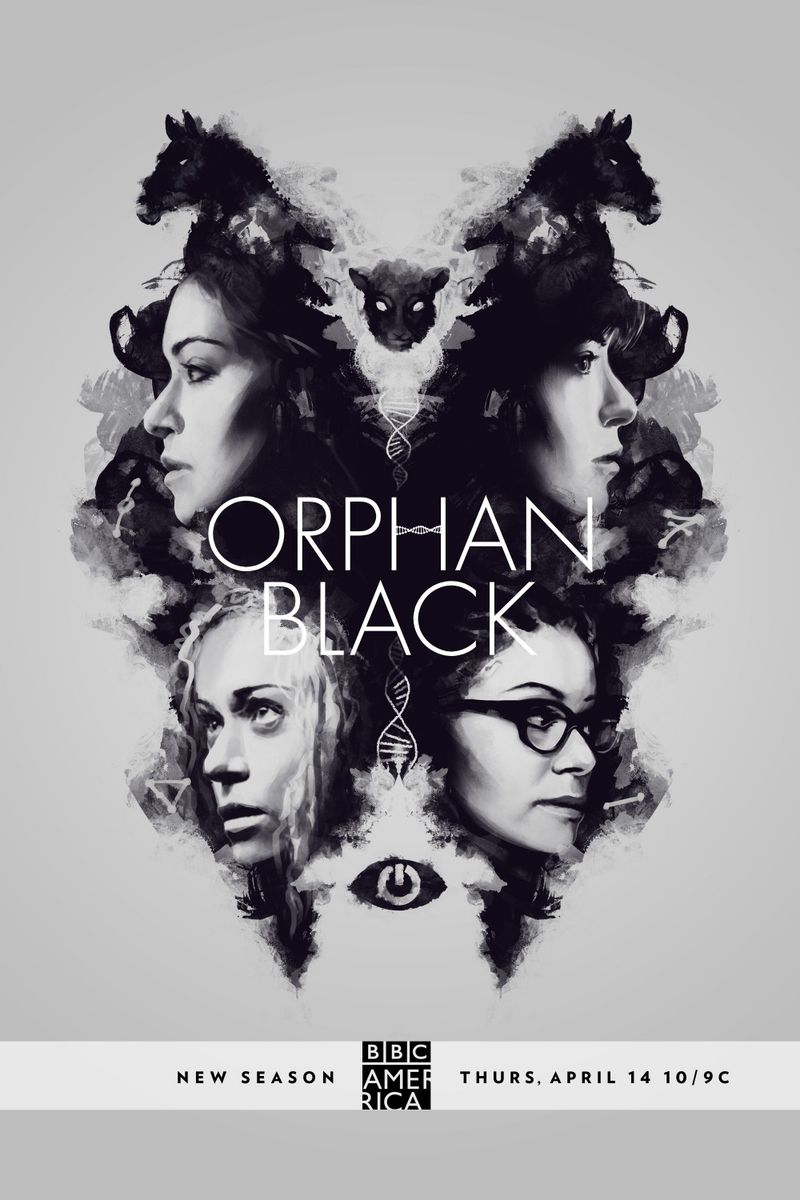
After witnessing the suicide of a woman who looks just like her, Sarah Manning, a streetwise con artist, steps into the stranger’s life. Her gamble uncovers a stunning revelation: she’s one of several clones, each in danger from forces that will stop at nothing to erase them.
Tatiana Maslany’s phenomenal performance as multiple distinct characters anchors the series from the start. The pilot’s opening scene at the train station immediately grabs attention, creating a mystery that unfolds at breakneck speed.
Sarah’s impersonation of Beth Childs (the deceased clone) leads her into increasingly dangerous situations with Beth’s boyfriend, police partner, and mysterious contacts. By episode’s end, Sarah has met another clone, learned about more lookalikes, and realized someone is systematically killing them – hooking viewers with both character drama and conspiracy thriller elements.

Comments
Loading…